Running a childcare centre means balancing compliance, staff-to-child ratios, and award rules—while keeping admin simple and costs under control. RosterElf brings rostering, payroll, time & attendance, and HR together in one platform. From automated award compliance to digital certification tracking, childcare providers save time, reduce risk, and keep their focus where it belongs: supporting children and families.
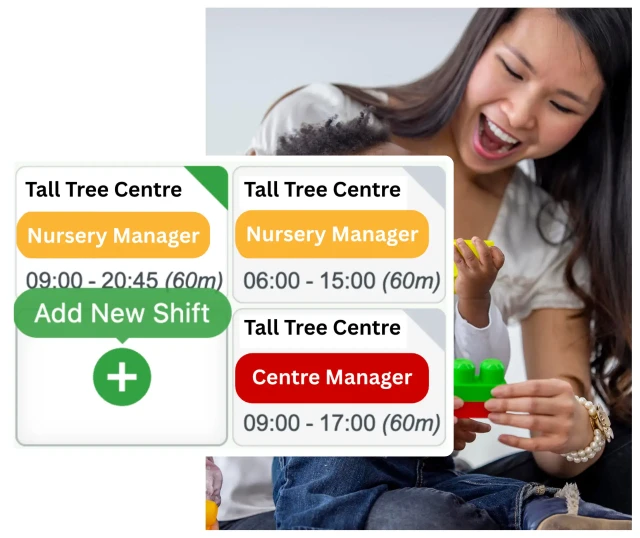

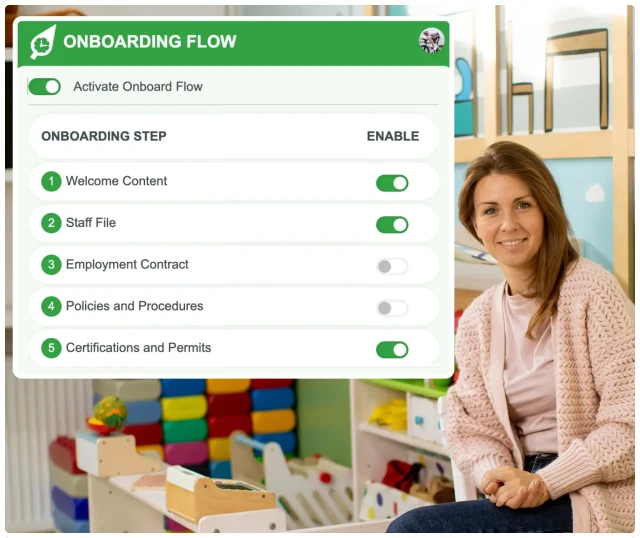
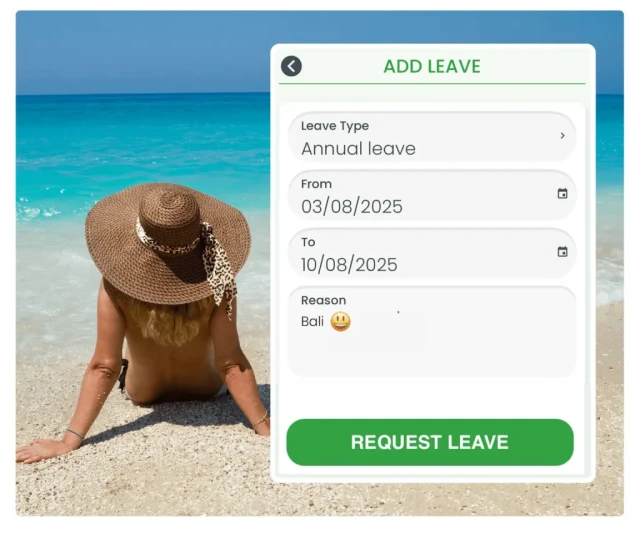
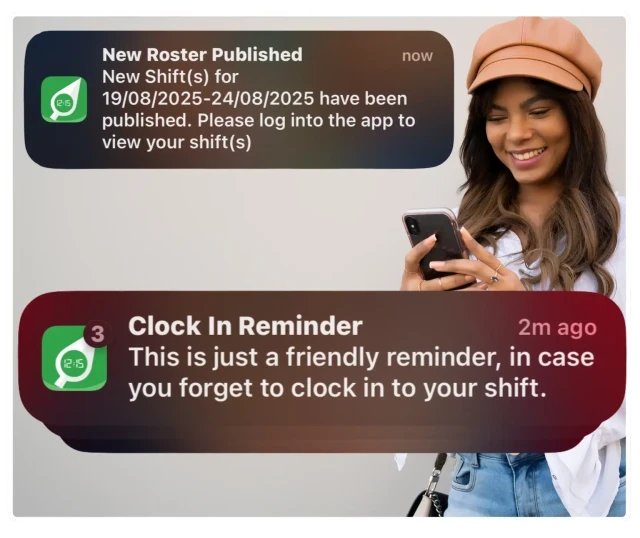

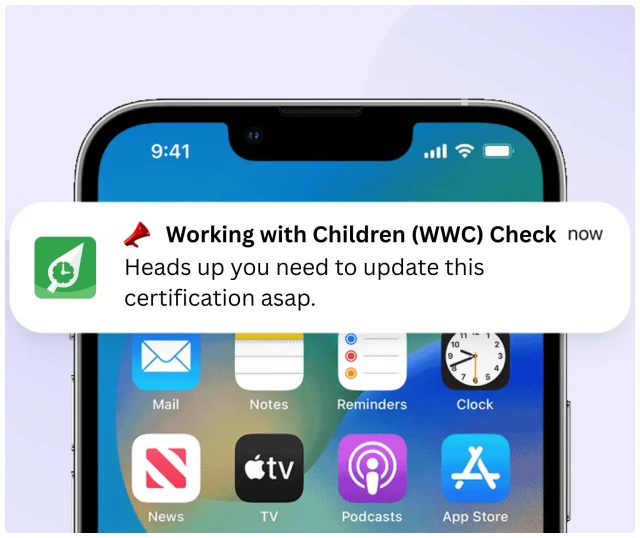
Read what our clients have to say about us
See all reviewsChildcare centres face staffing challenges like managing ratios, availability, and award compliance. RosterElf simplifies this with real-time scheduling, automated awards, and mobile apps to keep your team engaged.

Ensure adequate staff-to-child ratios at all times.
Resolve clashes and keep schedules seamless.

Manage shifts to align with budget constraints.
Automate award interpretation for seamless payroll.
Notify employees instantly of roster updates.
Track and approve leave requests via mobile apps.